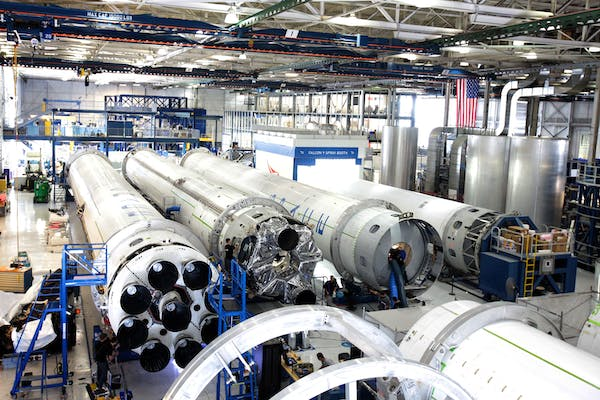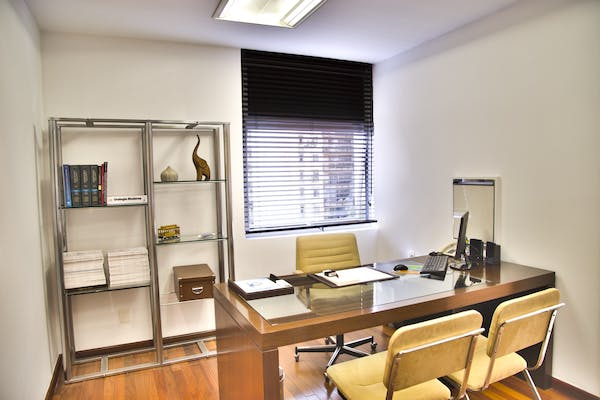It’s important to understand how industrial humidifiers work. You want to maintain the ideal humidity percentage within your workplace. It doesn’t matter what industry you work in, ranging from clean rooms to printers to electronics. What matters is that you have a humidifier that can maintain the desired level of humidity efficiently.
How Industrial Humidifiers Work
Your goal is to always ensure that there is the right level of humidity in the air. Based on the HVAC system that you have and the temperature, humidity levels can vary. An industrial humidifier will force moisture into the air, creating an invisible mist.
The added moisture in the air has the ability to provide an array of benefits. It can cut down on electrical charges, thus reducing or eliminating static electricity. It can also provide additional moisture, thus making employees more comfortable. If the air is too dry, many employees complain that their skin itches. It can actually lead to problems with productivity because employees will be unhappy.
Additional moisture within the air is also useful when trying to reduce the amount of airborne particles. If you work in a clean room, you know the importance of reducing the number of particles that are in the air. Dust, mold spores, and more can be grounded when there is a higher level of humidity.
The Different Forms of Technology
As you start to research the different types of humidifiers that are on the market, you will learn that they are capable of providing different features. Many can provide plug-and-play installation, and offer up precise humidity control that is “non-wetting.”
Some humidifiers will require fans, pumps, or drains, while others won’t. Knowing what is required to get the humidifier up and running is critical. Maintenance should be minimal to reduce costs and also provide ease of use.
Popular options include:
- Mobile
- In-duct
- Direct space
You will want to choose the humidifier that works best for your environment. Additionally, you will want to familiarize yourself with the different forms of technology that can be incorporated into industrial humidifiers.
High pressure humidifiers use a nozzle and high pressure pump while atomization systems use water pressure and air pressure, thus requiring a lot of moving parts. Ultrasonic technology uses high-frequency oscillation, which means there are electronic board transducers that will require maintenance. Additionally, there is steam technology, which involves a canister and the use of heat. Depending upon the technology, it can create wet fog, where droplets will form and wet the different surfaces. Dry fog may cause droplets to rebound from surfaces, similar to soap bubbles.
Another form of droplets are created with smart fog, which allows the droplets to evaporate into the air completely prior to reaching the surface.
It is imperative that you take the time to research the different humidifiers so that you can learn about the maintenance involved with the technology, the overall energy usage, and compare droplets. This will make it easier for you to choose which humidifier you want to place in your industrial application.
Commercial humidification may be a requirement within your work space. If you have had problems with maintaining the right humidity level, you should find a custom solution. It isn’t always possible to depend solely on your HVAC system. By integrating water into the atmosphere, you can take advantage of a variety of benefits. When you have smaller microns of water droplets, it will make it easier for them to evaporate within the air. This is something to remember as you explore any industrial humidifier for your work space.
Discover more about industrial humidifiers by contacting Smart Fog Inc today.





